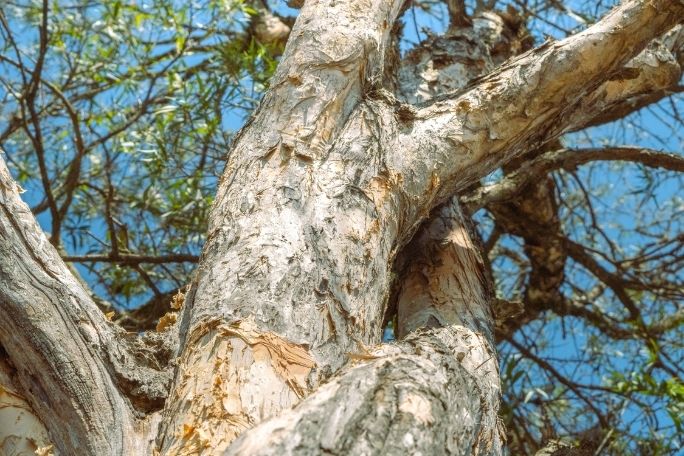Lesson summary
Students explore examples of genetic diversity and explain its significance within the larger concept of biodiversity.
Learning intentions:
Students will...
- recognise that each individual organism has all of its features, adaptations and internal chemistry coded in its genes.
- link the conservation needs of a species with genetics diversity i.e., for groups of individuals within in a region potentially having different genetics diversity compared to the same species in other regions.
- show how genetic diversity assists survival in a species.
Lesson guides and printables
Curriculum mapping
Australian Curriculum content descriptions:
Year 7 Science:
- There are differences within and between groups of organisms; classification helps organise this diversity (ACSSU111)
- Interactions between organisms can be described in terms of food chains and food webs; human activity can affect these interactions (ACSSU112)
- Summarise data, from students’ own investigations and secondary sources, and use scientific understanding to identify relationships and draw conclusions (ACSIS130)
Year 8 Science:
- Summarise data, from students’ own investigations and secondary sources, and use scientific understanding to identify relationships and draw conclusions (ACSIS145)
Syllabus Outcomes: SC4-7WS, SC4-14LW, SC4-15LW.
Resources required
- Internet and library access
- Writing materials
Additional info
This is an original Cool.org lesson. Facts and figures in these lessons may have changed since this lesson was published. We always endeavour to update our resources in a timely manner, but if you see an error or issue in our resources please get in touch with us.


Welcome back!
Don't have an account yet?
Log in with:
By signing up to Cool.org you consent and agree to Cool's privacy policy to
store, manage and process your personal information. To read more, please see
our privacy policy here(Opens in new tab).
Create your free Cool.org account.
Many of our resources are free, with an option to upgrade to Cool+ for premium content.
Already have an account?
Sign up with:
By signing up to Cool.org you consent and agree to Cool's privacy policy to
store, manage and process your personal information. To read more, please see
our privacy policy here(Opens in new tab).